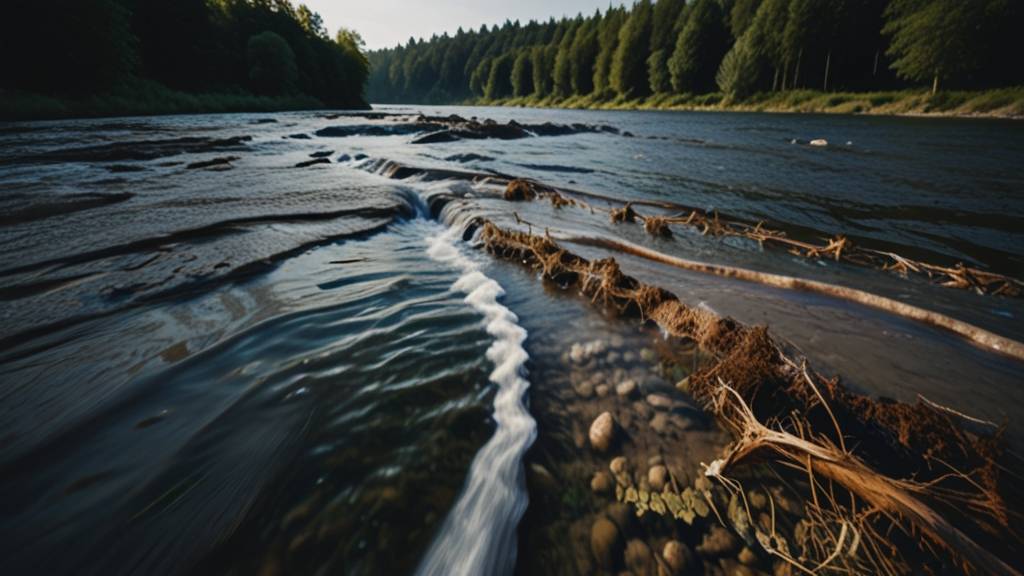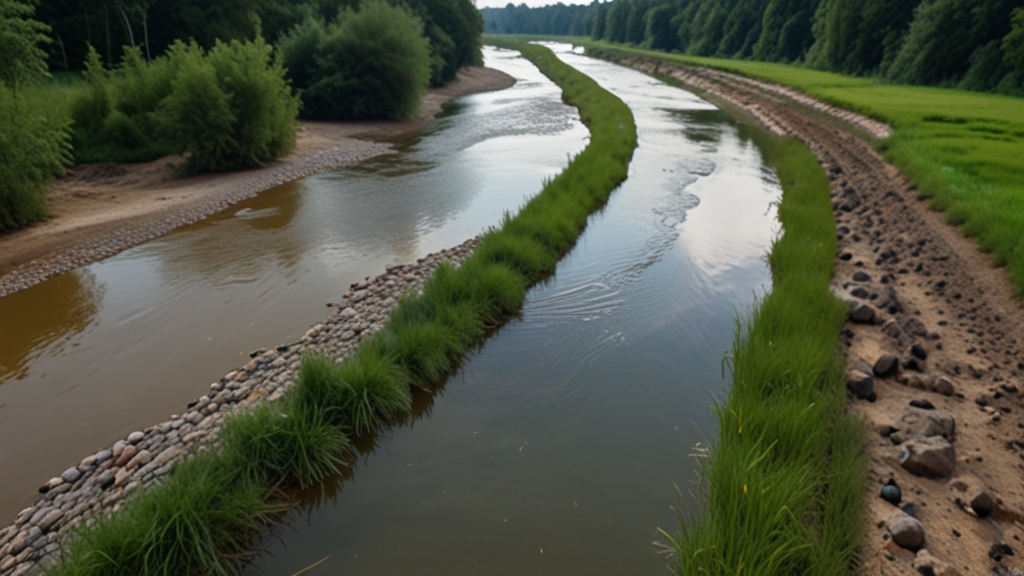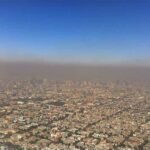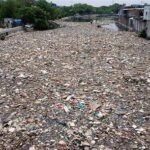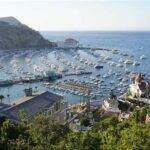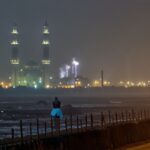How ToBringing Rivers Back to Life
You may often hear about the importance of nature-based solutions to restore our precious habitats – who knew they could be as cute as beavers!
InEuella is wading through Norfolk alongside Ed, Rosie, Dr. Richard, Elle, Alex and Ursula to discover the ways they are helping to bring our rivers back to life!
This is WWF UK Restoration Series – stories to empower and inspire from the people who are restoring British meadows, rivers, uplands and oceans to help bring our world back to life. In this episode we’re in Norfolk because this is where our rivers are under huge pressure and need help. This is what rivers should look like.
Winding, lined with trees and plants, and running with clean water, full of life. I feel lucky being sat here, next to one of the cleanest, healthiest rivers in the country. But this is the reality for most of our rivers. We’ve straightened them, removed their trees, and chemicals from farms and sewage end up in the water.
So what can be done? I’m going to meet some people who may have the answers. After the hottest, driest summer on record, Norfolk is completely parched, with a lot of farmers losing crops. So when I was taken to this lush green patch, I needed to know why the water is still there. Who was the idiot who thought it was a good idea to have holes in her bloody jeans? They felled quite a large tree up here.
You can see the teeth marks in it. That’s just mad! In the evening, they’ll be up here putting all these sticks, dragging them, pulling up the mud, pushing it in and then creating this huge dam. So this was all completely dry just a few months ago. And the beautiful border! -Yeah! -It’s some real architecture! But who are these water engineers? Beavers! Just two little beavers did all this! Beavers belong in the UK.
The making of ‘Bring Our World Back to Life’ In Different ways Art Of Life
They were hunted to extinction, but now, they are being brought back to help us out. We do a lot of projects where we try and replicate beavers. We just can’t do it as well. They do it really well! It’s absolutely fantastic! -Better than we could anyway! It’s holding back the water, which is great for putting water back into the ground the moment we’re experiencing drought.
And as you can see, it’s absolutely full of water! They’re creating habitat for all the wildlife that’s here, and they do it all by themselves. Mate, that’s insane. Nature-based solutions come in many forms and this is a particularly cute and extremely clever one! So, bringing beavers back to the UK is going to help a lot with our water issues.
How the land is farmed is also a huge factor and can either help or harm our rivers. This lady grows blackcurrants for Ribena and she is transforming the way she runs her farm to help restore rivers. Remember that bit about our rivers being straightened? Well here, Rosie is bringing back the curves. A few months ago, there would have been the water running through and it’s just been so dry for so long.
So can you tell me the benefits of having a meandering stream as opposed to a straight one? With the meandering and the sort of wiggling, you get slower flows, you can keep more water over an area rather than a quick straight stream, so you’re not getting mass flooding that’s gonna flow straight down to whatever is beyond it.
I want to grow black currents in a way that is positive and has a positive impact and is certainly not damaging to rivers and not damaging to the wildlife around it. I love that! So is that multiple benefits then? -Yeah! Rosie is a woman on a mission. Feels great to be around her energy and see how she’s restoring rivers on her farm.
( As well as water, there’s something else that connects us all, whether we like it or not. We all produce waste. We do not want that waste ending up in our water. This guy knows all about how to use natures power in a wetland that has been built to clean the water coming out of a wastewater treatment plant.
The wastewater coming from a sewage treatment works discharges a lot of pollutants and these plants are really, really good at taking up those pollutants and they convert it into plant growth. And then the water that passes out at the end of the wetlands is very, very low in pollutant concentration. Richard did a test to see if the wetland was doing its thing.
Luckily, I didn’t have to get in there with him! There’s plenty of oxygen dissolved within the water, so it’s got the capacity to remove the ammonia before it gets discharged into the river. So, are there other ways of removing pollutants from the water? The most common way is through technology at the wastewater treatment works, whereas the wetlands is much, much cheaper, and then the system will regulate itself.
It is so amazing to see how well the plants do here! It’s cost effective. We don’t have to maintain it and just the way it’s transformed this area is crazy and plants do better at the job than human technology. We can all get involved in checking and looking after the quality of our water, and there’s a whole crew of citizen scientists who are on it! Alright, so what are we doing here, then? Taking a water sample to measure how clear it is, or if it’s murky at all.
This tube gives us a measurement. If you can see the crosshatch, then there’s little to no murkiness in the water. Citizen science is using members of the general public to usually gather data that’s helping a study. I love that! So it’s like the opportunity to be scientists. Yes! Gathering evidence about the health of the river to show decision makers what needs to be done to keep the river healthy.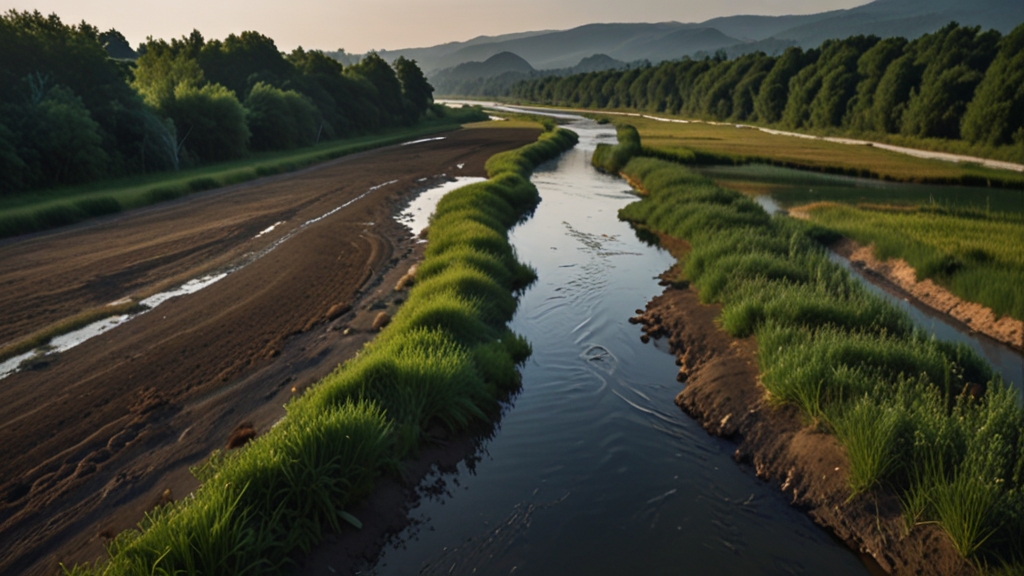
Being a citizen scientist has impacted my life quite a lot more than I expected. It’s helping me to get involved in the processes that help to protect the rivers that are I swim in. But more than that, the actual act of taking part has made me feel, like, I’m actually doing something and it’s great, that kind of idea of like being able to advocate for yourself and for your community, but also the animals and the habitats.
So that feels really powerful. I had no idea that we can get involved in this way. These guys are doing it for all of us. So, we’ve seen how working with nature gives us all these win-wins. Beavers prevent flooding and improve water quality, and plants can even clean water that we have polluted. There’s one more thing I want to show you.
I’m going on a hunt for a very sensitive little beastie that can only live in clean water. So if we find them, that tells us that all these ways of bringing nature back to Norfolk’s rivers are working. 20 seconds, kick-kick-kick! It’s a new dance move! That’s a kind of cranefly larva.
Oh, a bullhead! Turns out the white-clawed crayfish is tricky to find. Oh yeah, I know in Jamaica, we definitely have a dance move for this! Got one! Oh, wow! -There we go! They really like living in plants and rocks and stones. They need very clean and healthy water. -Right. So, if we see crayfish, that means that this is a pretty great, clean, healthy river. – Absolutely, yeah.
Oh my God…. -Oh, look! You got a crayfish! -Oh yeah! So, in many ways, crayfish are a little bit like our allies, like whatever’s good for them is good for us? Absolutely, yeah, yeah. They show us that the water is nice and clean, that it’s mineral rich, that it’s healthy. So, what is good for them, is really good for us.
I see them in a different light now, that’s good! -Yeah! It actually felt really good to know that the water I was getting stuck into there, was clean and full of life. Glad you’re there, little crayfish! I’ve really recognised the relationship that rivers have with my food, and the animals that I see, and the water that I drink, and so for me it’s been really, really important to just think about how we can make sure that the quality of our water is good enough for us, good enough for the little crayfish
and therefore good for our environment. It’s actually been really heartwarming to meet so many amazing people who just have so much passion and care for the river. It brings real joy to be able to stand here and just see the changes that are happening. It’s so great to actually see things going on. It’s not just all talk.
These things are actually happening. I now feel like I can make a difference and that to me is so exciting. I drink this water. I bathe in the water. This water sustains all of us. The work that these people are doing is for all of us because we all need water, right? In the next episode, I’m going up the Dales of Yorkshire to discover how we can bring our uplands back to life.
